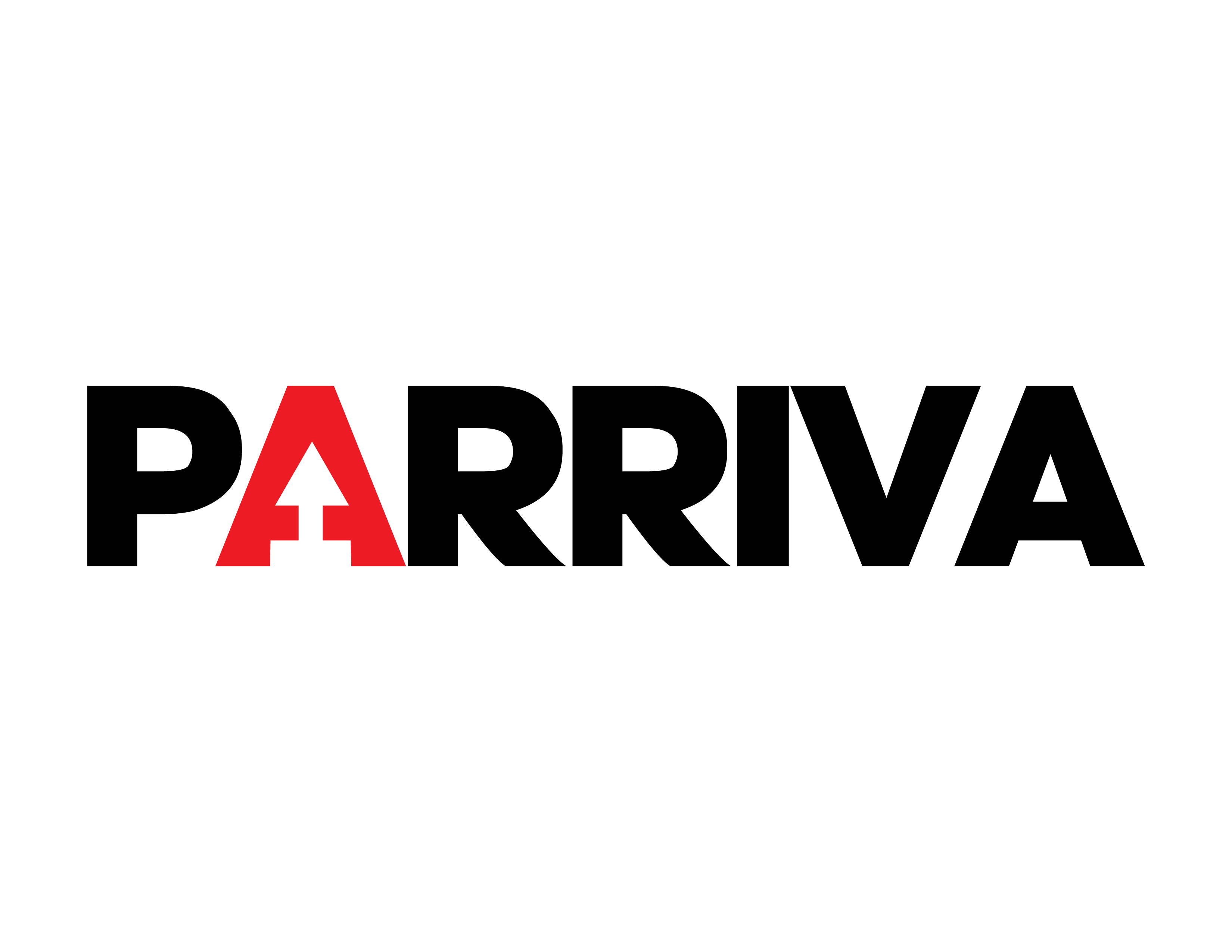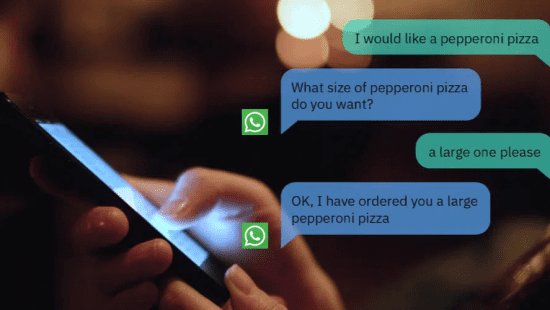Explore key strategies for defending your inventions, brands, and creative works in the U.S.
Fostering innovation and creativity and protecting the rights of those who drive them is what led to the establishment of World Intellectual Property Day.
Since 2000, a total of 193 member states of the World Intellectual Property Organization (WIPO) have celebrated this International Day on April 26 to promote understanding and highlight the value of innovation and creativity for a better, more sustainable future.
Intellectual Property (IP) rights allow researchers, inventors, companies, designers, artists, and others to protect their innovative and creative products by law and obtain economic benefits from them.
Intellectual Property covers both industrial creations and creative works, ensuring the protection of creators’ rights and encouraging innovation and creativity. The originality of these works will always be assessed before granting any of the rights under IP.
Industrial Property:
- Patents: Protect inventions, granting the inventor exclusive rights to use it. In general, a patent allows its owner to decide whether others can use the invention and under what conditions. A patent document also provides the public with technical details about the invention. Patents can be granted for anything from everyday cleaning tools, like the mop invented by Spanish engineer Manuel Jalón Corominas, to advanced technologies such as nanotech chips.
- Trademarks: Protect names, symbols, or distinctive images that identify a product or service, distinguishing it from competitors. In the U.S., trademarks can be registered with the U.S. Patent and Trademark Office (USPTO) for national protection. Trademarks typically last for 10 years but can be renewed indefinitely. They are private rights, enforceable in courts.
- Industrial Designs: Protect the ornamental appearance of a product, such as its shape, color, or decoration. Registered designs prevent others from producing, selling, or importing items that are copies of the protected design.
- Geographical Indications (GIs): Protect products associated with a specific geographical area, whose quality or characteristics are influenced by that region. These products undergo strict regulation, ensuring they maintain the established standards.
Copyright protects the rights of creators over their literary and artistic works, including novels, poems, performances, compositions, artworks, and software. Unlike industrial rights, copyright is granted automatically when a work is created, though registration is recommended to resolve potential ownership disputes.
Protection Duration: In the U.S., copyright generally lasts for the creator’s lifetime plus 70 years. For works by anonymous authors or pseudonyms, the protection lasts for 70 years from publication.
The rise of new technologies raises questions about the protection of digital products. Here are some key considerations:
- Algorithms: Intellectual property for algorithms typically falls under copyright, especially when they are embedded in software. Patents can also apply if the algorithm is part of a larger technical innovation. Algorithms can also be kept as trade secrets.
- Software: Software protection in the U.S. is primarily governed by copyright law, which protects the software code and structure from the moment of creation without the need for registration. Companies that develop or purchase the rights to software hold its intellectual property.
- Mobile Apps: In the U.S., apps are considered literary works under copyright law, protecting both their source code and design. Developers have exclusive rights over their apps, including the rights to reproduce, distribute, and modify them.
- AI-Generated Works: U.S. law currently does not recognize AI-generated works as original for copyright purposes. However, there is growing discussion about the possibility of registering AI input, such as the prompts or text entered into generative AI systems.
Understanding and securing your intellectual property is crucial to safeguarding your business’s innovations and creative assets. In the digital era, the landscape continues to evolve, making it important to stay informed and take the necessary steps to protect your creations in the U.S. market.








